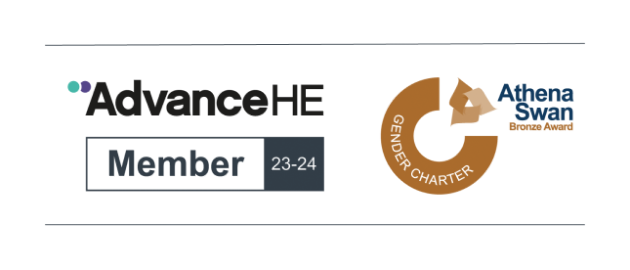This paper is available for the academic year 2023-24.
The lectures associated with this paper introduce some of the contemporary approaches to meaning and linguistic communication. The course begins with an introduction to word meaning, including an analysis of the relations between words in a language system, words and concepts, and words and objects in the world. This includes an introduction to approaches to reference, sense, mental images and prototypes.
Sentence meaning is introduced by the presentation of the relation between (i) sentences and (ii) events and states, as well as an analysis of truth and falsity, stressing the importance of these notions for semantics. These lectures also introduce the ideas of truth conditions, models, and possible worlds. Particular attention is paid to problems posed by sentential connectives (such as 'and' or 'if...then') and so-called quantifying expressions ('some', 'few', 'all'). Other problems discussed include the interrelated topics of deixis, indefinite and definite descriptions, proper names, presupposition, anaphora, negation, and propositional attitude reports. Separate lectures are devoted to tense and metaphor. 'Dynamic semantics' is introduced in the example of Discourse Representation Theory.
Discussion of the limitations of theories of sentence meaning leads to the introduction of the distinction between sentence meaning and speaker's meaning. The role of an account of intentions in assessing speaker's meaning is also emphasized, as well as the principle of cooperation to which speakers adhere in conversation and which allows us to say how the speaker can communicate more than is actually said. All this is the domain of pragmatics: the study of meaning in context. A substantial component of the course is devoted to the interface between semantics and pragmatics.
The following are topic areas rather than specific titles of lectures. For the outline and powerpoint presentations of the lectures see the Moodle course for this paper from week 0 of Michaelmas Term.
1. word meanings and concepts
2. composing sentence meaning
3. truth conditions, possible worlds and models
4. sentential connectives
5. quantifying expressions
6. dynamic approaches to meaning
7. referring in discourse
8. indexical expressions
9. representing time in discourse
10. inferring and implying in discourse
11. semantics/pragmatics boundary disputes
12. the literal/nonliteral meaning distinction
Jaszczolt, K.M. (2002) Semantics and Pragmatics: Meaning in Language and Discourse. London: Longman.
Kearns, K.(2000). Semantics. London: Macmillan Press.
de Swart, H. (1998) Introduction to Natural Language Semantics. Stanford: CSLI Publications.
Levinson, S.C. (1983) Pragmatics. Cambridge: Cambridge University Press.
Elbourne, P. (2011) Meaning: A Slim Guide to Semantics Oxford: Oxford University Press.
Sixteen lectures in total, eight in Michaelmas Term and eight in Lent Term.
Eight supervisions, normally three during Michaelmas Term, four in Lent Term and one in Easter Term.
The paper's Moodle site can be found here.
Assessment will be by an in-person 3hrs written exam.
Prof Kasia M. Jaszczolt |



